

The Origin of the Indigenous People & Their Culture
The indigenous people of the Municipality are a section of the Ga-speaking people of Ghana who essentially occupy the stretch from Nyanyano in the west of the Accra Metropolis to Kpone in the East of Tema along the coast of Ghana. On the south of this area is bounded by the Atlantic Ocean and on the north by Akwapin Stool Lands.
Through oral tradition we are informed that the Ga-speaking people made up of the people of Ga Mashie, Osu, La, Teshie, Nungua and Tema migrated originally from Israel and passed through many lands including Nigeria and Togo before finally settling in Ghana. They also came in various groups and arrived on the shores of this land at different times.
A brief history and kingship structure of the Teshie and Nungua people who constitute the indigenes in the Ledzokuku Municipality is shown below.
The Teshie People
The first settlers of Teshie migrated from Kpeshie in Togo led by Numo Trebi and his family. They established themselves at Teshie and long after that, other settlers came to join them. However the Numo Trebi family was later joined by Numo Nmati family from La, Numo Martey family from Prampram, some strangers from Fanti Land (mainly fishermen) and later by other strangers from Ga Mashie in central Accra.
Sometime after the various settlers had organised themselves into one town, they chose as their first Mantse (or King) Nii Kamoa. At present Teshie town consists of seven quarters, namely Leshie (which provides the Mantse for the town), Krobo which enstools the Mankralo of Teshie, Kle Musum headed by the Ayiku Osabu Wulomo, Agbawe whose head is the Shikitele, Gbugbla whose head is the Atofotse, Bajoku whose head is the Shippi and Akoble whose head is the Asafoatse.
Ethnicity
The census figures for the 2000 population and housing census revealed that the Municipality is populated by people from various ethnic backgrounds with the Ga Adangbe Group (of which the indegenous Gas belong) making up a majority 44.3% followed by the Akans 34.8% and Ewes 12.4%
The analysis also showed that the predominance of a particular group vary based on the locality in question. Ga adangbes who constitute the main ethnic group appaear to be dorminat in areas like Nungua, South Teshie, Teshie and Maatetsuru while strong Akan domination was observed in migrant communities such as Teshie Nungua Estates. The military areas also revealed marked variety in ethnicity due to the varied ethnic backgrounds of personell from across the country in such areas.
Other minority groups found in the Municipality include Guans, Gurma, Mole Dagbanis, Grusis and Mandes.
The varied ethnic composition found in the different communities underscores the need for city managers to appreciate the unique cultural differences that may emanate in the localities to inform pragmatic interventions for effective governance of these communities.
Religious Affiliation
The 2000 Population and Housing Census Reveals that an overwhelming majority of 89.89% of the people in the Municipality are Christians while only 4.4% and 1.1% are Moslems and traditionalists respectively. The predominance of Christianity in the area is due to the strong presence of orthodox denominations such as the Catholics, Presbyterians, Methodists and Anglicans as well as Pentecostal Churches. These religious institutions therefore cannot be left out in resource and community mobilisation for development.
Date Created : 11/20/2017 8:02:36 AM
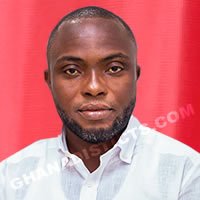


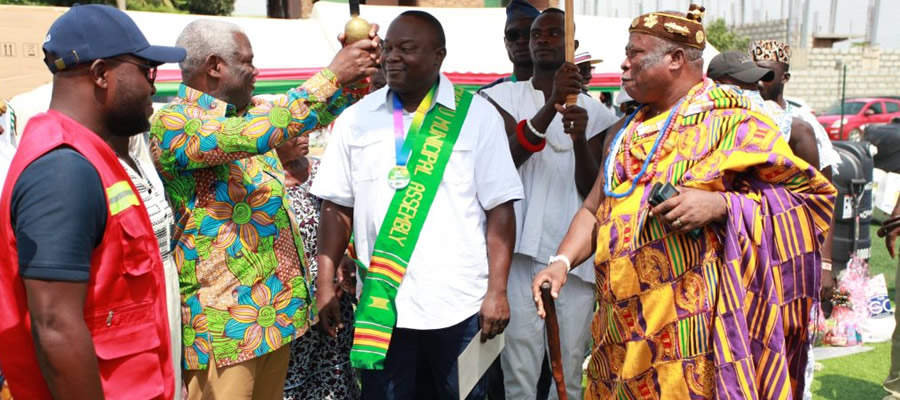
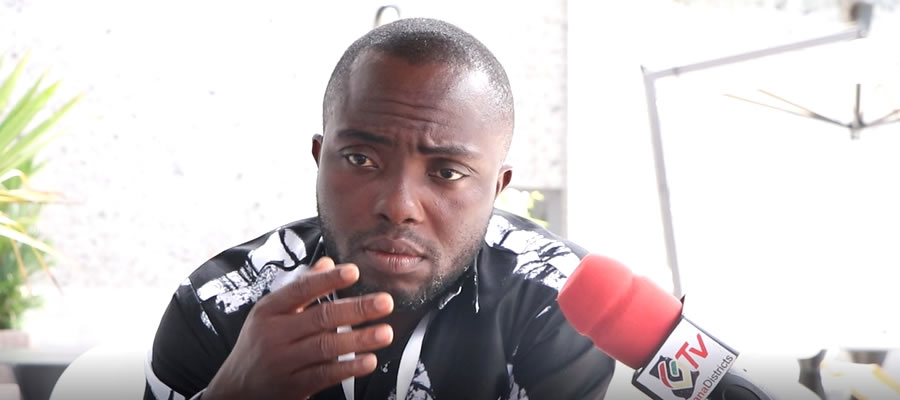
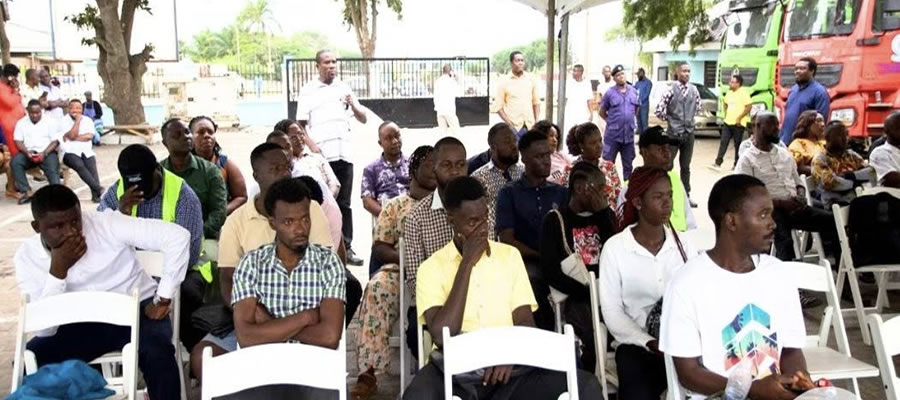
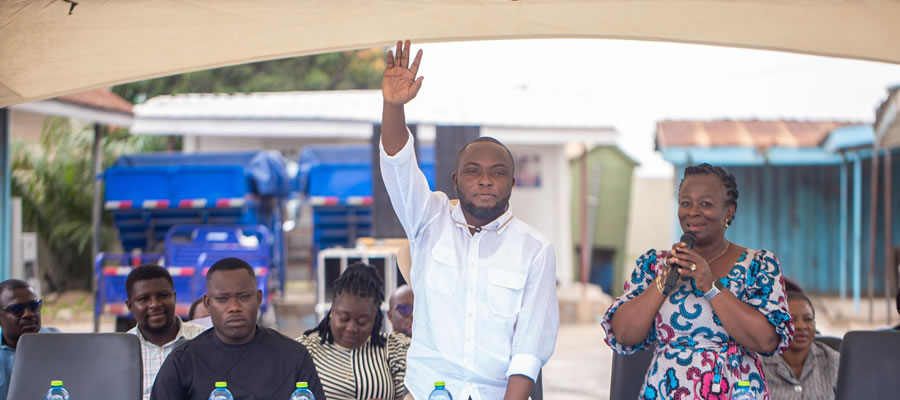





 facebook
facebook
 twitter
twitter
 Youtube
Youtube
 +233 593 831 280
+233 593 831 280 0800 430 430
0800 430 430 GPS: GE-231-4383
GPS: GE-231-4383 info@ghanadistricts.com
info@ghanadistricts.com Box GP1044, Accra, Ghana
Box GP1044, Accra, Ghana